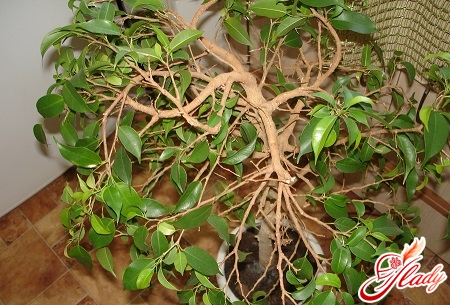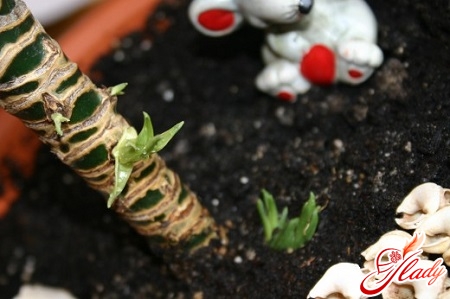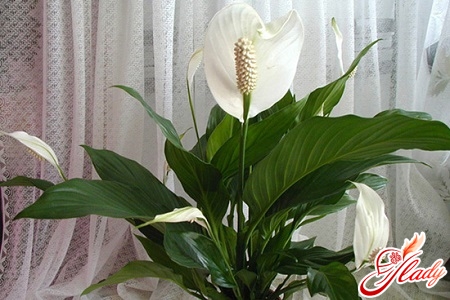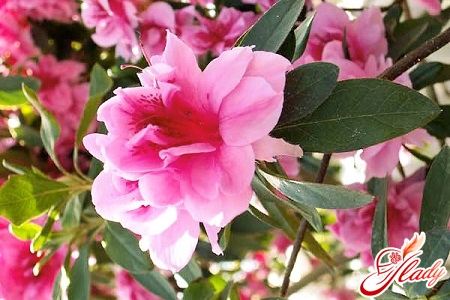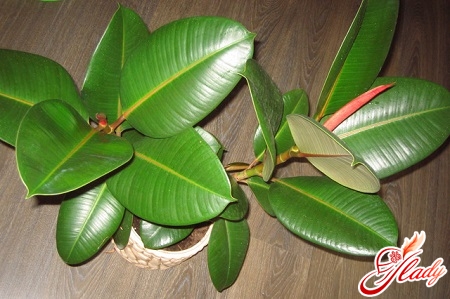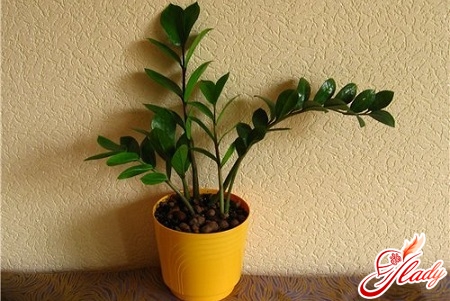 Petunia - one of the most beautiful and most "joyful"letnikov our garden. And it pleases us not only with bright colors, but also with a magnificent long flowering, as well as relative unpretentiousness. There is one small, but annoying trouble with this wonderful petunia plant - growing seedlings. However, many and many gardeners, not trusting the planting of seeds in the soil, try to get healthy and strong plants every season, growing seedlings directly on the windowsill. And, I must say, they succeed very much in this. Given that the finished planting material is still expensive, and the choice of seeds is very large, let's try to grow petunia seedlings on our own. Especially since February and March for the most suitable time. It is at the end of winter that the seeds are planted on seedlings of not only vegetable crops (cucumbers, tomatoes, peppers), but also annual flowers (tagetis, portulak, petunia). So, choose the seeds and proceed to this truly magical action.
Petunia - one of the most beautiful and most "joyful"letnikov our garden. And it pleases us not only with bright colors, but also with a magnificent long flowering, as well as relative unpretentiousness. There is one small, but annoying trouble with this wonderful petunia plant - growing seedlings. However, many and many gardeners, not trusting the planting of seeds in the soil, try to get healthy and strong plants every season, growing seedlings directly on the windowsill. And, I must say, they succeed very much in this. Given that the finished planting material is still expensive, and the choice of seeds is very large, let's try to grow petunia seedlings on our own. Especially since February and March for the most suitable time. It is at the end of winter that the seeds are planted on seedlings of not only vegetable crops (cucumbers, tomatoes, peppers), but also annual flowers (tagetis, portulak, petunia). So, choose the seeds and proceed to this truly magical action.
Seed sowing
If you sow the seeds of these flowers in February, thenOur petunias will bloom very early, and already in April-May they will please us with their first buds. But if there is no such possibility, the landing can be postponed until March. Worse from this will not happen. Considering that seedlings require a lot of sunlight (and in February it is still not enough), March seedlings not only catch up with the February seedling, but often distill it. For sowing seeds you can use small pots with drainage holes, seedlings or popular peat tablets now popular. If you plant seeds in plastic containers, then it must be treated with antiseptics (for example, potassium permanganate), and put a layer of thick paper on the bottom of the wooden boxes. Sow the seeds should be in the nutritious and loose ground, the layer of which should be at least six centimeters. For the cultivation of petunia seedlings, different soil mixtures are suitable, the main thing is that they are not alkaline and slightly acidic. In the packaging for planting the land is poured almost to the top, leaving open the sides of a half or two and a half centimeters. Before planting seeds, the ground is well sieved and moistened. Seeds of petunia are light-colored (they need light for germination), so they are not grounded or even sprinkled, but only pressed lightly for better contact with the soil. Since the seeds of this plant are very (even "through the chur") small, they are mixed with dry sand for uniform distribution on wet ground. Planting seeds in peat tablets, on each disk in a special groove neatly with tweezers put one grain each. After that, the planted seeds must be covered with paper or glass, creating a greenhouse effect (a high enough temperature is necessary to germinate the seeds). Some growers recommend using non-woven material (agrotex, geosad) for covering, considering that under this protection a more favorable climate for germination is created. They explain this by the fact that the necessary humidity is maintained, and petunia has the ability to "breathe". The most optimal temperature regime for the germination of seeds is from twenty to twenty-four degrees. Petunia of well-known old varieties may well be content with a lower temperature (but not below seventeen degrees). However, modern complex hybrids require constant high temperature, sufficient humidity and lighting. At a low temperature, they simply will not germinate, and at a higher seedlings they will be too elongated and susceptible to diseases. Watered planted seeds in no case it is impossible - with water they will go to the ground. To maintain a constant moisture, they need to be sprayed several times a day, by the way, water for spraying is not bad to add manganese. In such "right" conditions, petunia will necessarily germinate, and this will happen on the fifth, seventh day after sowing. 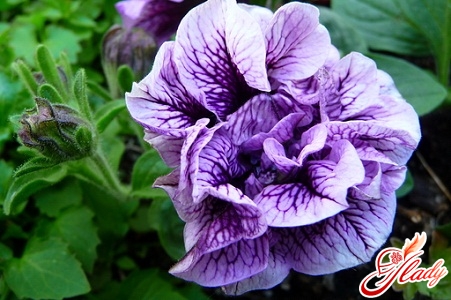
Seed care
Immediately after germination of sprouting nonwoven fabricremove. If you use glass or transparent plastic for covering, it is removed gradually. First, the lid is removed once a day, leaving the shoots without shelter for about five or ten minutes, and then every week intervals are increased until the first real leaves appear on the seedlings. Only after that the shelter is removed completely. So the seedlings will be able to adapt to the room conditions and will not fall, which, alas, often happens. After the appearance of the first real leaflets, the petunia seedlings dive, planting them in individual containers (peat or disposable cups). Picks can also be carried out in a common, but larger container. However, in order for the plant to develop freely and be healthy, individual containers are preferable. Yes, and when transplanting into the open ground, it saves many problems. In order for the seedling to form good roots, it is advisable to deepen it slightly (up to a couple of real leaves). Experienced flower growers note that with this method of picking the transplanted sprouts do not lie down and do not get sick with a "black leg". For the successful cultivation of petunia seedlings, careful watering is necessary - timely and moderate. If the soil is allowed to dry, the seedlings will die, and the waterlogging of the soil will provide a "black leg", because of which small seedlings will begin to rot and fall. Petunia seedlings also need hardening. To do this, you can lower the temperature in the room, opening the window for ten minutes. Accustoming plants to a lower temperature, it is necessary to protect them from direct streams of cold air. Remember that only the room temperature should go down, but the seedlings and the earth do not. The first month of petunia seedlings grows slowly. But this should not frighten you - young petunia builds up the root system. A month and a half later, the above-ground part of the seedlings will actively grow and develop.
Seed dressing
The pledge of abundantly flowering petunias is rich andcompetent additional fertilizing. Flower growers say that petunia is surprisingly "gluttonous", so feeding begins in a couple of weeks after the pick. Fertilize the seedlings under the root, and also make foliar top dressing on the leaves. You need to start with a foliar top dressing, as soon as the seedling gives three or four real leaves. Petunia is sprayed after two to three days, alternately changing fertilizers and growth stimulators. For this, any water-soluble complex mineral fertilizer (for example, nitroammophoska) can be used, but in a lower concentration. The main thing is that fertilizers contain nitrogen, responsible for the growth of seedlings. 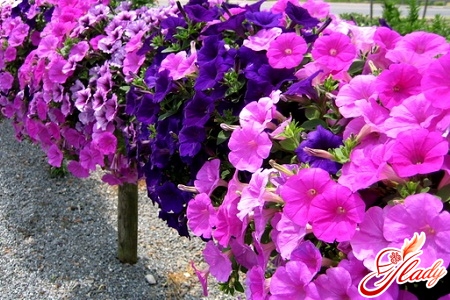
Helpful Tips
Of course, growing seedlings is a troublesome business. Many will prefer to buy ready-made seedlings or risk sowing seeds directly into the open ground (maybe they'll ascend!). But, you will agree, that the flowers grown independently from a tiny seed will become the pride of any florist. And if it comes to the beauty of petunia, then, as they say, "the game is worth the candle." And the reason for the experiment is an extravaganza of colors and a riot of color that will provide petunia in the summer garden. We advise you to read:




